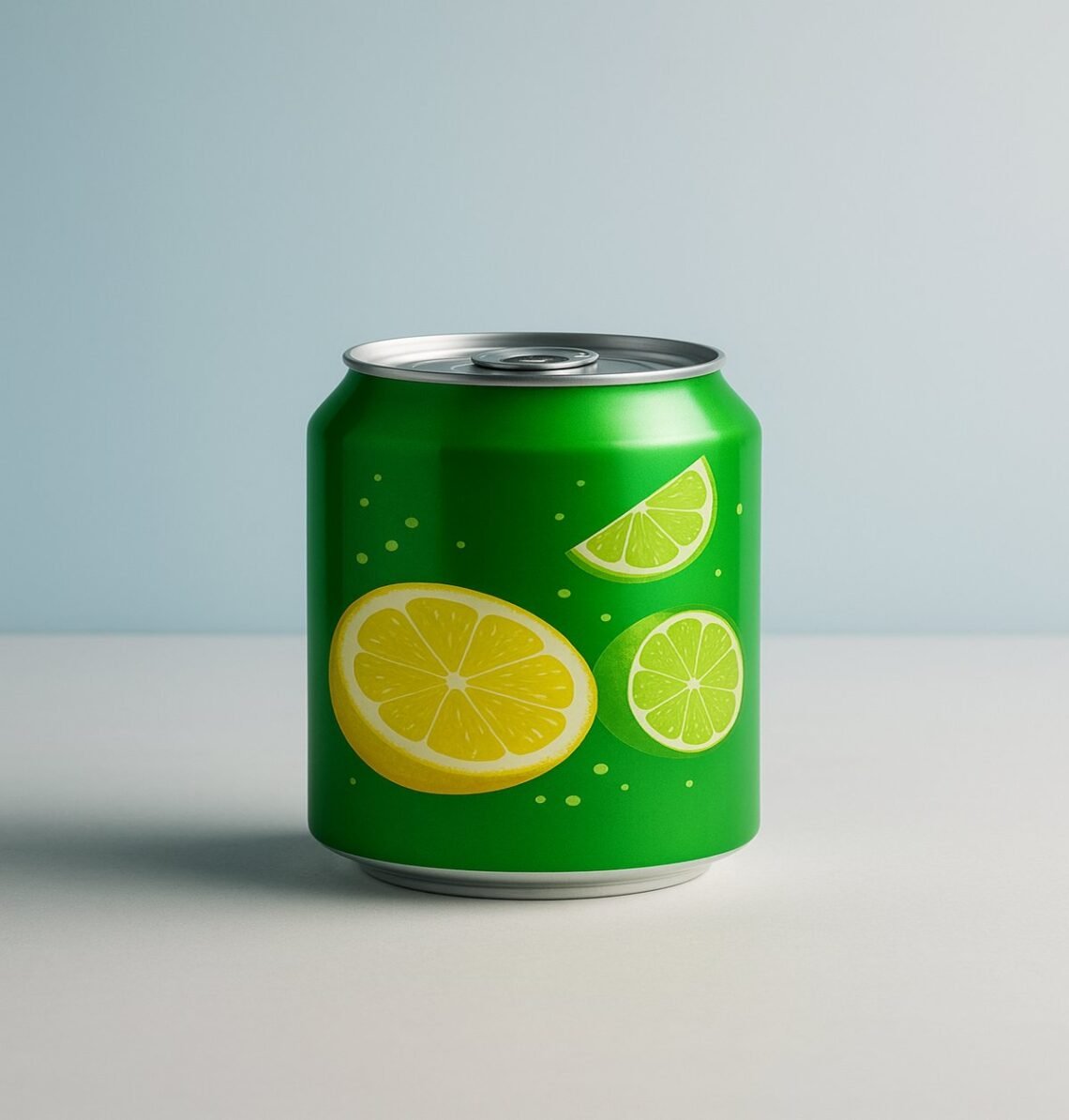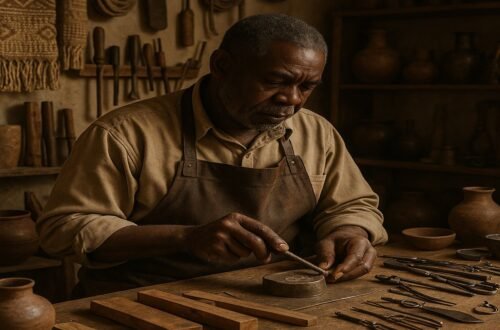The Sudden Disappearance of Sierra Mist
If you’ve walked down a soda aisle recently, you might have felt like something was missing. That familiar green can, a fixture for over two decades, has quietly vanished. Sierra Mist, once a staple in PepsiCo’s lineup, is gone.
The official word came in January 2023: PepsiCo had discontinued the lemon-lime beverage. The move left fans wondering what happened to Sierra Mist. Why would a brand that had been around for so long just disappear? The answer involves a decades-long war for market share and a fresh attempt to win over Gen Z. In its place, a new contender has emerged: Starry.
A Brief History of Sierra Mist
Launched back in 1999, Sierra Mist was PepsiCo’s big swing at the reigning lemon-lime champions, Sprite and 7 Up. The name was a clever nod to its corporate cousin, Mountain Dew, with “sierra” meant to evoke a crisp, mountain-air vibe.
By 2003, it was available everywhere and quickly found its footing. For a brief moment, Sierra Mist even climbed past 7 Up to become the number two lemon-lime soda. But the top spot, held by Sprite, always remained just out of reach.
The Marketing Battle Against Sprite
Sierra Mist’s Product-Focused Approach
PepsiCo threw a lot of money behind Sierra Mist’s launch. The first ads, with the tagline “Shockingly Refreshing,” were all about the taste. They were filled with funny, over-the-top skits where someone would end up soaked, all to prove how crisp the drink was.
The core message was that Sierra Mist was smoother and less aggressive than Sprite. While its rival had a sharp, bubbly bite, Sierra Mist went for a cleaner finish. Pepsi even shelled out for Super Bowl ads to drive the point home, but it was a campaign built on product features, not cultural connection.
Why Sprite Stayed on Top
But while Sierra Mist was talking about taste, Sprite was building an empire. For years, Sprite had been embedding itself in youth culture, especially through its ties to hip-hop and the NBA.
The legendary “Obey Your Thirst” campaign featured authentic voices from the hip-hop world like A Tribe Called Quest, Nas, and Missy Elliott. Sprite wasn’t just selling a drink; it was selling an attitude. That cultural relevance made it the undisputed king of “cool” among young, diverse audiences.
Multiple Rebrandings and Formula Changes
A big part of Sierra Mist’s struggle was its constant identity crisis. In 2010, it became “Sierra Mist Natural,” reformulated with real sugar. That didn’t last.
Then, in 2016, it was rebranded as “Mist Twst,” a confusing name that brought back high-fructose corn syrup. By 2018, it was back to being Sierra Mist again. These endless changes made it hard for anyone to get attached.
The Numbers Behind the Failure
The numbers tell the story. Despite a 24-year run, Sierra Mist never landed a real punch on Sprite. While Sprite commanded a massive 60% of the lemon-lime market, Sierra Mist had faded to a tiny 0.1% market share.
The fight was just too lopsided. As sales flatlined, PepsiCo’s support for the brand dried up. It became obvious that another rebrand wouldn’t cut it. A total reset was in order.
Enter Starry: A Fresh Start for PepsiCo
And so, in January 2023, Starry arrived. This wasn’t just a new name; it was a new game plan. The formula is different—it uses high-fructose corn syrup and has a bigger citrus punch, thanks to more citric acid.
More importantly, the marketing is laser-focused on Gen Z. Taking a page directly from Sprite’s playbook, PepsiCo is teaming up with stars like rapper Ice Spice and locking in partnerships with the NBA and WNBA. With its “Starry Hits Different” slogan and colorful, modern look, it’s clear PepsiCo is ready to fight the “cool war” all over again.
What This Means for Soda Fans
If you’re still hoping to find a can of Sierra Mist, you’re probably out of luck—unless you’re willing to pay collector prices online. For everyone else, there’s Starry. Most people who’ve tried both say Starry has a noticeably stronger, tarter citrus flavor.
The end of Sierra Mist closes one chapter in the long history of soda rivalries. It’s a classic business story reminding us that in the fight for our taste buds, a great product is only half the battle. The other half is culture. And that’s a lesson PepsiCo seems to have taken to heart.





